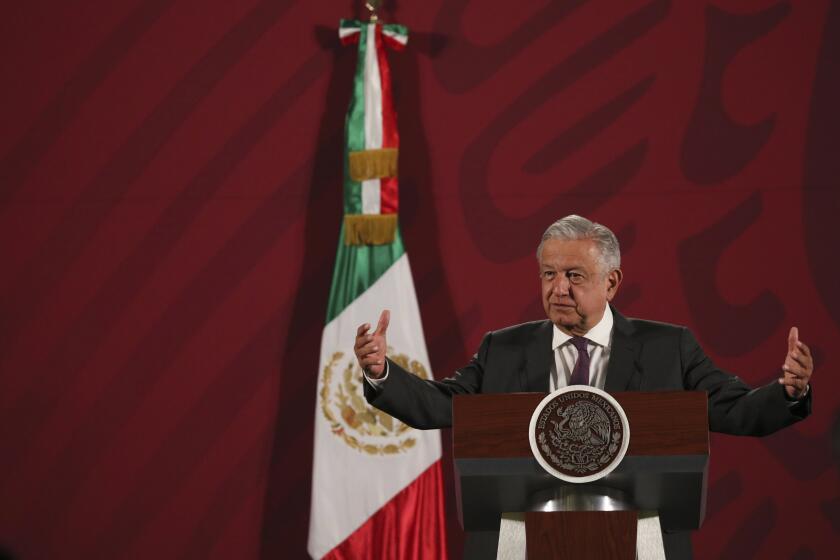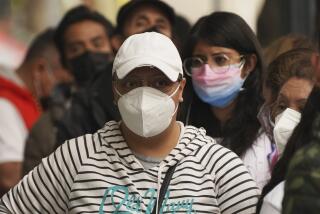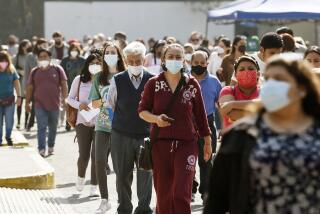Some of Mexico’s wealthiest residents went to Colorado to ski. They brought home coronavirus
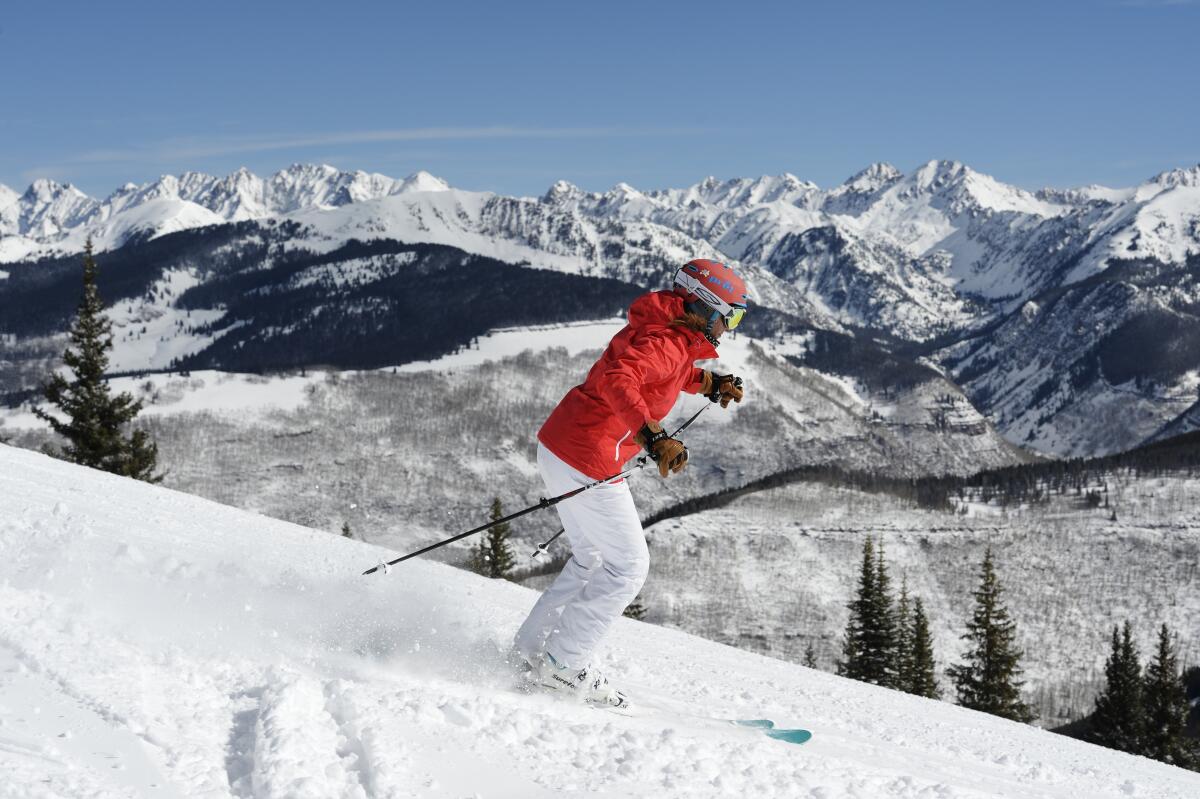
MEXICO CITY — Each winter, some of Mexico’s wealthiest residents flock to the snowy slopes of Colorado to ski, shop and socialize.
This year, at least 14 — and probably many more — came home infected with the coronavirus.
In a country that has not yet been hard hit by the pandemic, the travelers have become a focal point of efforts to prevent the virus from spreading widely.
Several of Mexico’s most prominent business leaders — including a banking executive, the chairman of Mexico’s stock exchange and the chief executive of the company that makes Jose Cuervo tequila — tested positive for the virus after traveling to Vail, a ski resort west of Denver.
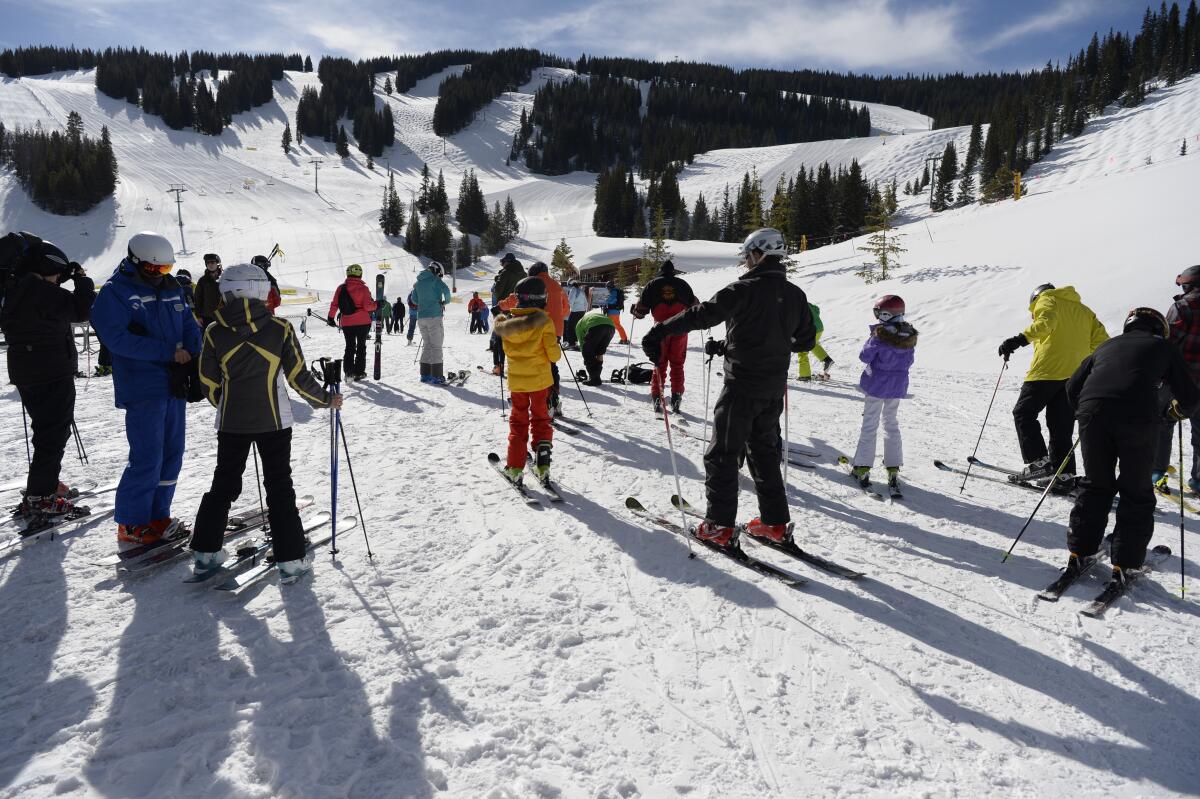
Public health authorities are now scrambling to find others who recently returned from the resort, including an estimated 400 people who flew on two charter planes from Colorado to the state of Jalisco.
“We need these people to understand that they have a very high probability of having acquired the virus and are a potential risk,” Jalisco Gov. Enrique Alfaro said in a video on Facebook in which he implored those who made the trip to contact health authorities.
“We don’t want this to be the start of a major coronavirus spread,” added Fernando Petersen, Jalisco’s top health official.
The state’s health department said that it has already contacted 73 passengers on those flights and that roughly 40% of them report coronavirus-like symptoms but have not yet been tested.
Of Jalisco’s 27 confirmed coronavirus patients, 11 had been in Vail in recent weeks, the department said.
The frantic effort to find the ski trip participants has highlighted an uncomfortable fact: It is people wealthy enough to travel outside the country who have brought the coronavirus back to mostly poor Mexico. Yet if the disease spreads, it is those with the least who will probably suffer the most.
As of Friday, Mexico had confirmed just one coronavirus death, that of a 41-year-old man who had recently traveled to the United States and — to the dismay of health authorities — later attended a rock concert at a stadium in Mexico City.
Nationwide there were 164 confirmed infections, all of them people who recently traveled out of the country or came into direct contact with somebody else who had, according to officials.
But the total has been rising rapidly — from nine last week — and experts say the virus may have already begun to spread locally. They warn that a widespread outbreak could be especially devastating given the country’s low investment in healthcare and its high rates of poverty.
What would happen if the epidemic hit marginalized communities on the outskirts of Mexico City, where some lack running water and many live several to a room and wouldn’t have the space to self-quarantine? What would happen if it hit a rural village in Oaxaca, hours from the nearest hospital?
“Until today, coronavirus in Mexico has been a problem for the elites,” wrote journalist Luis Manuel Arellano on Twitter. “Most infected people have financial solvency and good income. When we enter [the next phase], the epidemic will be something else — widespread and massive.”
Similar conversations are rippling across Latin America, which has some of the highest rates of inequality in the world and a long history of bitter conflicts between the working class and the economic and political elite.
In Brazil, which has 793 confirmed cases, importers of the virus include several social media influencers and members of a government delegation that met with President Trump on March 7 at his Mar-a-Lago resort in Florida. In Panama, where 137 people have tested positive, those infected include people who had recently traveled to Italy, France or New York.
Class tensions have been particularly contentious in Mexico, where in 2018 a leftist populist won the presidency with widespread support from the country’s working class on his promise to put the poor first.
Mexico has not restricted travel or performed widespread testing for the coronavirus. Epidemiologists are worried that a major outbreak is on the way.
President Andrés Manuel López Obrador has maintained high levels of popular support but is disdained by many members of the educated and upper class who dislike his economic policies and folksy style.
They have particularly seized on his lax response to the coronavirus. López Obrador has repeatedly made light of the pandemic, continuing to greet supporters with hugs and kisses despite advice from his own health officials that Mexicans limit physical contact with one another.
Unlike leaders in neighboring Guatemala and the United States, he has not taken dramatic steps to contain the disease, saying that a broad shutdown of businesses and travel would hurt Mexico’s already struggling economy and particularly hurt the poor.
Nearly half of Mexican workers toil in the informal economy, and many of them live paycheck to paycheck.
But López Obrador isn’t the only one to face criticism. Many supporters of the president have voiced anger at travelers who had brought the virus to the country and who did not take precautions to isolate themselves.
“The virus is imported by people with the economic capacity to travel,” wrote actor Tenoch Huerta on Twitter. “Those who ask that everything be closed and all economic activity stop, hurting the people who live day-to-day, why didn’t they voluntarily isolate for three weeks so as not to spread it? Or should only the poor be responsible?”
It’s a common sentiment in Mexico: The poor wind up paying for the sins of the rich.
The coronavirus originated late last year in a working-class neighborhood in China, but it has been spread worldwide by people with enough means to travel by plane or cruise ship.
Colorado ski country, like Europe or the Caribbean, has long been a destination for the world’s wealthiest minority.
Colorado health officials say Italian tourists probably brought the virus to Vail, which drew particularly large crowds Feb. 24 through Feb. 29 for the Burton U.S. Open Snowboarding Championships. The first coronavirus infection was confirmed there in early March.
Since then, at least 61 cases have been confirmed in Eagle County, home to Vail. That is nearly as many as in Denver County, which has a population 10 times larger.
In response, resorts in Vail and across the state have closed for the season, and Colorado health officials have urged anybody who visited the region to isolate themselves whether or not they have experienced symptoms.
A 51-year-old Mexican man who traveled on one of the charter jets told El Informador newspaper that he fell sick with fever and chills a few days after arriving in Vail, but that he didn’t worry because they went away after he took over-the-counter medicine.
The symptoms returned when he returned to Mexico, and he went to a doctor, who recommended that he quarantine.
The man said authorities should not demonize him and his fellow travelers. “It’s better to transmit information and raise awareness,” said the man, whom the newspaper did not identify by name.
Public health officials in Mexico only recently realized the ski trip participants pose a threat.
Officials are worried that it may be too late to contain the spread from those participants. After returning from the ski trip, several of them traveled to a beach resort in the state of Nayarit.
Cecilia Sanchez in The Times’ Mexico City bureau contributed to this report.
More to Read
Sign up for Essential California
The most important California stories and recommendations in your inbox every morning.
You may occasionally receive promotional content from the Los Angeles Times.
